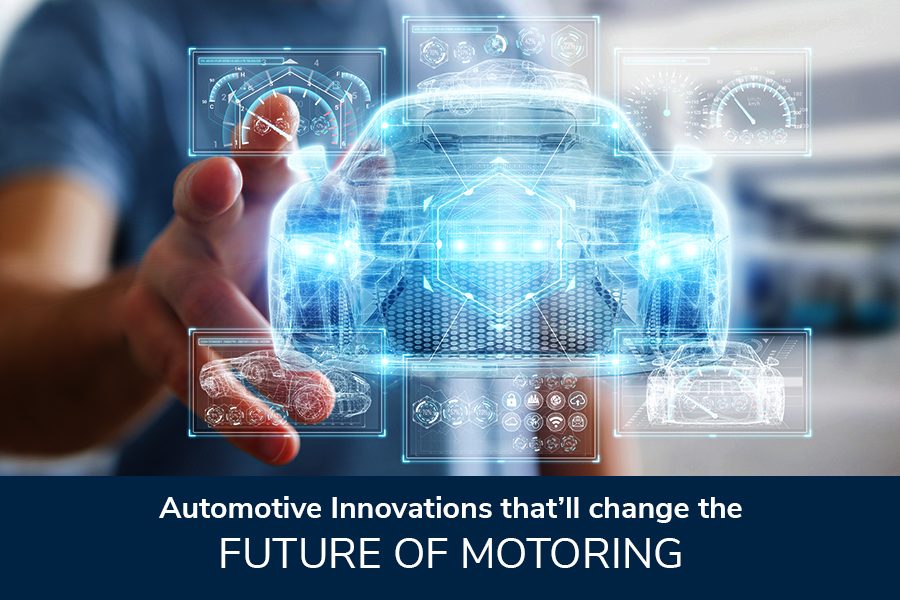How Driverless Cars might Change the Future of Mobility
Imagine this. You commute in a
car that operates minus any human oversight. That’s your sneak peak into what
the future transportation will look
like. Though driverless cars are not at the ready currently, they will be
commonplace sooner than you think. That’s because, driverless technology is the
new interest zone for tech companies and car incumbents. Once the technology is
mainstreamed, personal mobility will take a giant leap forward, and car
ownership and e-hailing models change. As we sit on the threshold of a
disruption, it’s important to know how exactly driverless cars might change the
future of mobility.
Convenience:
The whole idea of going
driverless is based on convenience. You travel from point A to point B without
having to man the wheels, as software will do that for you. Make a conference
call, catch up your favorite sitcom, indulge in a gaming session, or simply sit
back and unwind with your family and friends in your very own mini leisure room.
The possibilities are endless for you to work, enjoy and celebrate life on the
go. Do we need to say that elderly, specially abled and reluctant drivers will
benefit the most out of the new
transportation technology?
Sustainability:
The game is almost over for gas
guzzling and carbon spewing cars. They are an environment hazard, and hence, counter-intuitive
to a clean and healthy future. Plus, stringent sustainability legislations and
escalating fossil fuel costs are forcing car makers to go electric. As governments
globally incentivize adoption of electric vehicles (EVs), conventional cars are
increasingly going out of favor. The driverless cars are likely to be powered
by electricity. That makes them clean, safe, environmentally friendly, and
in-line with our vision for a future transport system.
Safety:
Road accidents claim over 1.2
million lives annually. Most are caused due to human error. Robot cars can
bring down accidents drastically. With robots manning the cars, human error is
eliminated outright. Unlike human drivers are more likely to bend the rules,
these cars will be fully compliant with speed limits, and applicable driving
rules. A significant reduction in accidents caused due to human error is
realizable with driverless cars, as human intervention is totally eliminated. These
vehicles will feature state of the art sensory technologies to identify subtle
obstacles in near zero visibility and avoid them effectively.
Traffic:
Traffic congestion is a fact
of life. Long vehicular queues are a common sight that impact traffic speed, trip
time and travel experience significantly. Plus, traffic jams are linked to
various physical and physiological conditions, such as anxiety and depression. With
robot cars, the traffic congestion and related ills will be passé. These
vehicles will be communicating with everything – other cars, the road and
surroundings. Hence, they’ll be well positioned to identify the least congested
route and move as a unit with fellow cars for a streamlined traffic flow.



Comments
Post a Comment